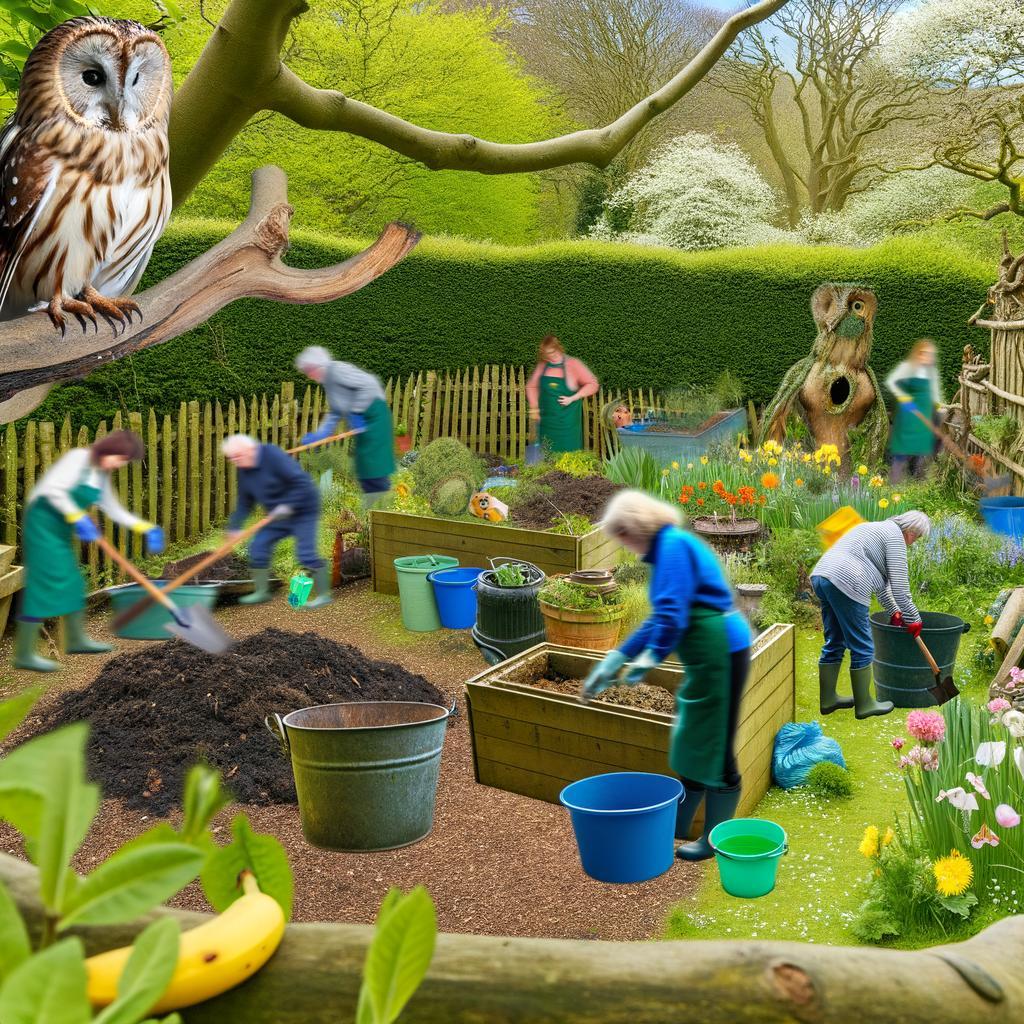Away with the Social Workers
AI and Folklore
Posted by Chris Sissons on Jan 10, 2024
AI and Folklore » Chris Sissons and Minerva
We’re all familiar with the Cottingley Fairies. These famous photos taken by cousins, seem to have been believed by some at the time. These days with Photoshop, we like to believe we’re not so credulous. Or have we taken our fancies to another level?
In the days before social workers, we had fairies. They didn’t do the work of social workers but provided a framework within which the problems social workers now tackle could be tackled with some degree of justification. It was not that people necessarily believed the stories but in the absence of alternatives, the stories were sufficient to justify what we would see as cruel acts. How do you dispose of a changeling?
Adam Nicolson in his book, “Life Between the Tides”, which is mostly about rockpools, writes, “(Fairies) were not a source of delight or magic but the accommodation of the grief, oddity and, … of crime.” (Page 268)
Fairies were the good people (too dangerous to call them bad) who not only stole your child but took the vitality from people, animals and crops. They seduced you to a night of revelry and you found 100 years had passed.
The changeling child would be left on the seashore to return to the fairies (completed when the child stopped crying), the elderly person who committed suicide would be buried below the tideline. These were people struggling with poverty who needed to justify desperate acts.
The reason I raise this is not to justify or condemn, the actions of people in desperate need but to show the role fairies played in their lives.
What we see as folklore, stories that entertain us with some historical significance, played a role in the past. Things were done and reflected upon in the stories. The stories did not justify what was done but they were tacitly understood.
Fairies have a culture quite distinct from human culture. It was hard to comprehend them because it was hard to comprehend the world people found themselves in. Fairies were an attempt to explain and offer solutions to the problems they were said to create.
This raises familiar issues about AI. Are we likely to use it to explain the world and justify our responses to it? Just as our answers projected sentience onto nature, are we likely to project sentience onto our machines? The problems we face are not particularly what the machines are, so much as what we believe them to be. AI is likely to be extraordinarily complex, mind-bogglingly fast and opaque in terms of its outputs. Just like nature.
People believed in the Cottingley Fairies because they wanted to so believe. Is something similar happening with AI? Let it run the systems we’d rather not think about. But the problem is AI has no values, how do we know it won’t make the wrong decision? Are the fairies moving from nature into our machines?
This is the nineteenth in a series of posts about AI and Folklore. I define Folklore as inclusive of religious stories and some from modern popular culture. Minerva assists in all the posts, sometimes without attribution!
The first post in the series is Life with Minerva. The last post was The Homunculus 2: Alchemy and the next is Ashen Eye. If you press the button marked "Follow", you'll receive notice of new posts.
As always, please comment. As well as your insights into AI and Folklore, I'd appreciate suggestions of stories I might cover. These could be from folktales, myths, religious stories as well as general literature.
It looks like Minerva has cracked it this time. Who would not appreciate social workers at the bottom of their garden? Minerva has confessed these are not real social workers but cardboard cut-outs from a Children's Bumper Book of Social Workers! I think she might be kidding ... I daren't ask about the banana.

Comments
Leave a comment.
Leave a comment.



 )
)